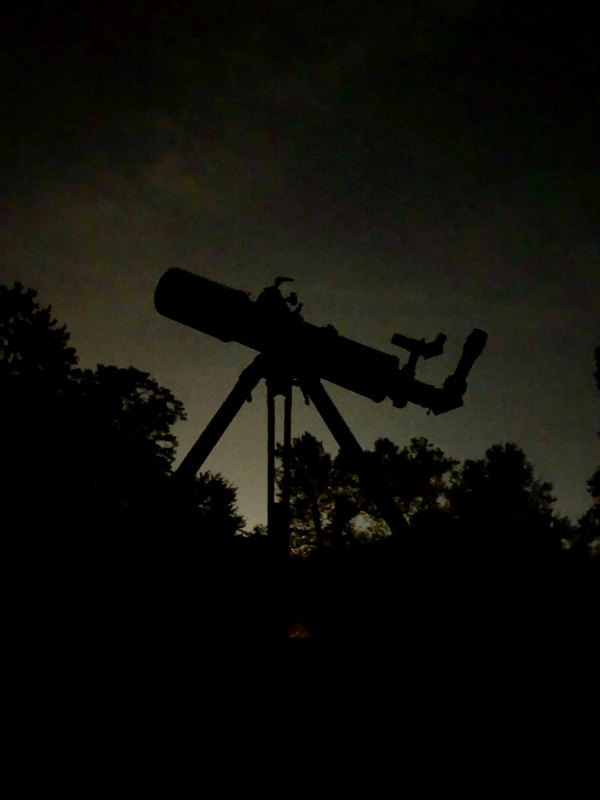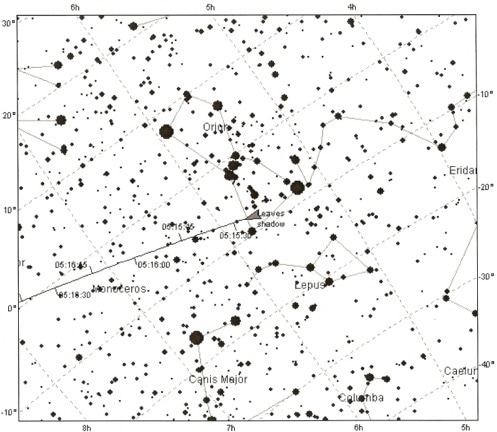|
We're less than two months away from Mars reaching opposition, and the red planet is getting awfully bright in the morning sky. Its apparent size is getting pretty big, too, and there are - as yet - no signs of the planetary dust storm that made it so much harder to see details on the planet during its last opposition, in 2018. Now is the time to observe Mars, and with that in mind I dragged my APM 140 out of the apartment and down to the park at 3:30 this morning.
Wispy cirrus clouds were starting to advance from the west as I set up my telescope, and there was an odd haze in the air. Street lamps were surrounded with halos that took on an odd fractal pattern I'm not sure I've seen before. After I started observing, I noticed the same thing around Mars. Oh well! The planet was spectacular nonetheless. The clouds that constitute its south polar hood appear to have broken up as the southern hemisphere enters summer, and the ice cap - now clearly visible - seems quite small. I could plainly make out an an intricate latticework of dark albedo markings stretching up from the pole, covering maybe half the planet's surface. Tonight, the atmosphere allowed me to reach around 170x before the view got a little mushy, and at that magnification the planet is still quite small. Easily big enough, however, to discern a whole lot of detail. Venus had climbed fairly high above the horizon by around 4 AM, and wow did it look weird with the naked eye: squashed into a fat little triangle by those strange atmospheric conditions. It was hazy and painfully bright through the telescope, though still satisfying to see the planet, from our perspective halfway illuminated. I thought I could make out some detail in the planet's clouds around its terminator, near the equator, but seeing was bad enough to make me question that observation. The Pleiades, meanwhile, had also wheeled into view, and I had my first look at them with the APM. Naturally the view was brighter than I've had before, though I wished for a wide field eyepiece - I'd left my 55mm Plossl at home - and the seeing was bad enough to mar the view ever so slightly. Still an impressive sight, however. Once again, telescope, mount, and tripod all functioned exceptionally well. I'm impressed at how easily the lightweight AYO II handles the big refractor when everything is properly balanced. Bizarrely, the telescope handles more smoothly and easily than the Takahashi FC-100DC on the same mount - or maybe it just seems that way, since it takes a little more effort to use the smaller telescope's focuser (it's one-speed only). Certainly the APM is my favorite telescope to use, with the little TeleVue a close second (it would be first, but that big aperture is hard to resist).
0 Comments
Leave a Reply. |
Archives
March 2024
Categories
All
|




 RSS Feed
RSS Feed